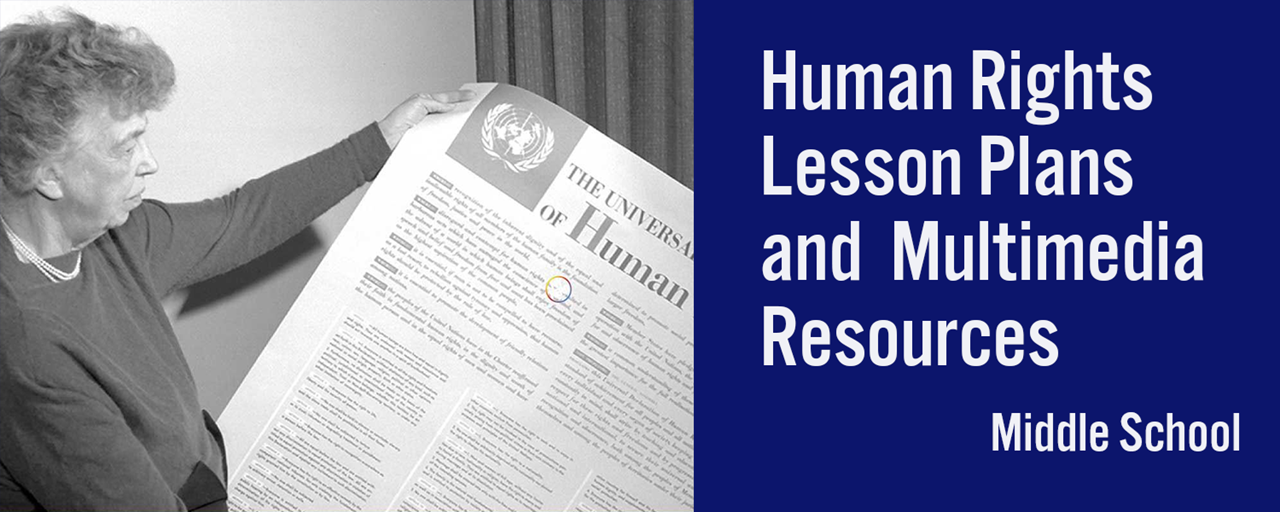
Access to Education
In some rural Indian villages, when boys completed grade seven, their family would buy them a bicycle to ensure they received a good education. With a bicycle, the commute to the high school would only be fifteen minutes. However, when girls completed grade seven they would not receive bicycles and would have to walk an hour each way to school. Learn how having a bicycle allows girls to continue their education in rural India.
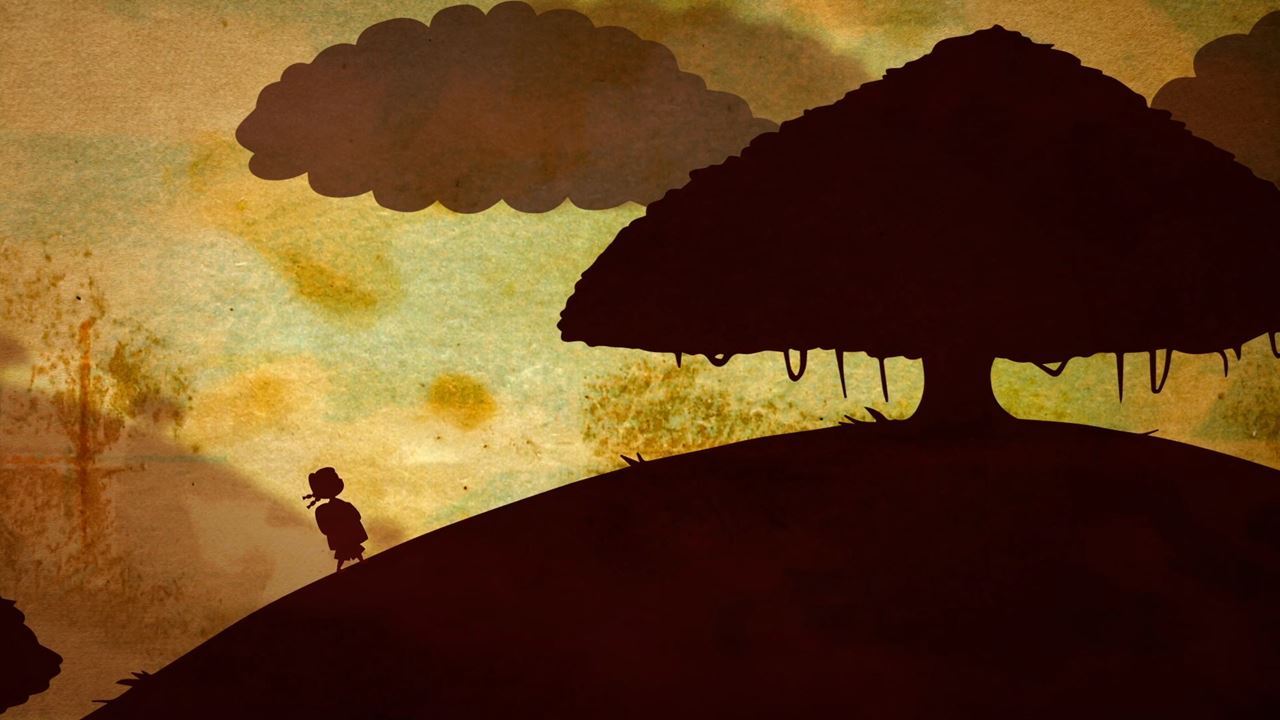
In India, Educate Girls works to make education accessible to girls, mobilizing communities to help girls achieve their full potential.
India has the highest number of girls out of school and the highest number of child brides than anywhere on the planet. In many rural villages in India, a critical gender gap exists. Educate Girls has created an army working towards equal access to education for girls.
Child Slavery and Labor
Students read the story and analyze the art about Iqbal Masih, a child from Pakistan who was sold into slavery by his father when he was 4 and escaped slavery at the age of 10. He began speaking internationally and was awarded the Reebok Human Rights Youth Award when he was 12 years old.
This resource below includes stories, short films, and lesson plans illustrating each of the articles in the Universal Declaration of Human Rights.
Use the multimedia resource showcase link to learn more about John Lewis who dedicated his life to advancing human rights and civil liberties.
Use the multimedia showcase link below to learn more about Nelson Mandela, South African anti-apartheid revolutionary and human rights activist who served as President of South Africa from 1994 to 1999.
Story Discussion Questions and Activities
1. Why are human rights important?
2. Research current global human rights issues and those making a positive difference.
2. What is a human rights cause you believe in? Who is making a positive difference? Share his or her story with MY HERO.
3. What can you do? Create an action plan and get others involved.
Learn About Human Rights Through Art
Art Activist Tom Block began the Human Rights Painting Project in 2002 to raise awareness of human rights issues around the world, as well as to support the work of Amnesty International. Among the vital group's goals are ensuring fair, prompt trials for political prisoners; abolishing torture and other ill treatment of incarcerated persons; and ending political killings and "disappearances." The Project also seeks freedom for all "prisoners of conscience" — people who have been detained for their political, religious or other beliefs or their national or ethnic origin, color, sex or other status.
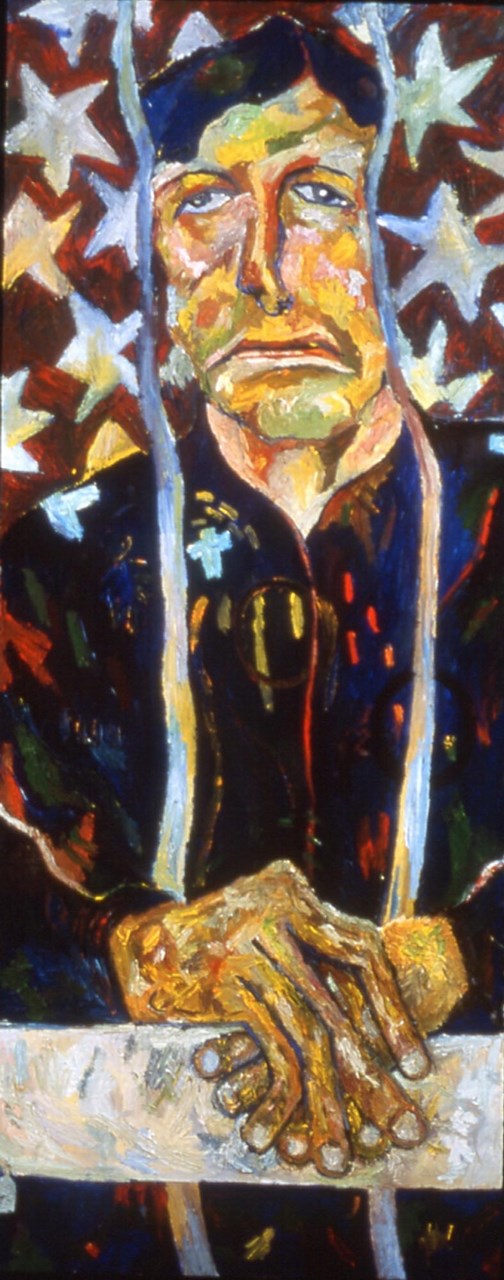
He was imprisoned on November 9, 1993 for having proposed a military ombudsman, a human rights defender for both civilians and the military for the improper actions of the Army. Amnesty International considered him a prisoner of conscience.
1. How does Tom Block get the viewer to be sympathetic to his human rights subjects?
2. What kinds of stylistic qualities does Block employ to draw the viewer in?
3. What is an art activist? How does this kind of artist differ from other less politically or socially motivated artists?
4. What other kinds of artworks successfully raise our consciousness for causes? Photographs? Posters? Short animated films?
5. What issues or causes are important to you? Create an original piece of activist artwork to submit to the MY HERO Gallery.
By carefully looking at Tom Block’s portraits of Human Rights Prisoners/Victims, we see people who have been tortured or incarcerated or mistreated by the regimes under which they live and work to change. Their faces are expressionistically painted and distorted to draw attention to their inhumane treatment. Block also writes a lengthy explanation about each of his sitters to underline their individual plights. The combination of image and words is powerful in the case of the Human Rights Painting Project.
For Additional Resources and Lesson Plans, Go to the MY HERO Lesson Plan Center
From the UN official website: Learn about the women who helped shape the Universal Declaration of Human Rights
Illustrated Version of the UN Declaration of Human Rights
This illustrated edition of the Universal Declaration of Human Rights (UDHR) is published by the United Nations in Arabic, Chinese, English, French, Russian, and Spanish.
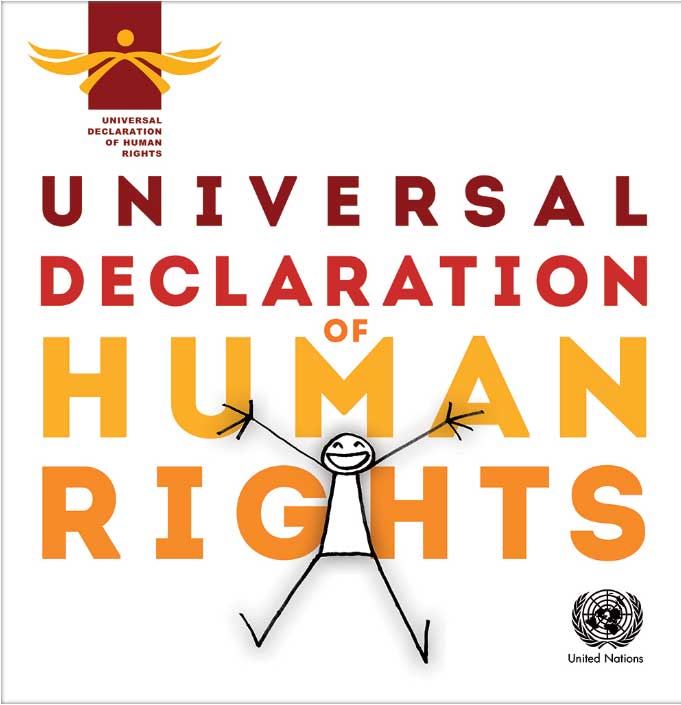
External Resource Links
Learn about a New Hero Every Day of the Year: Use the MY HERO Calendar in the Classroom
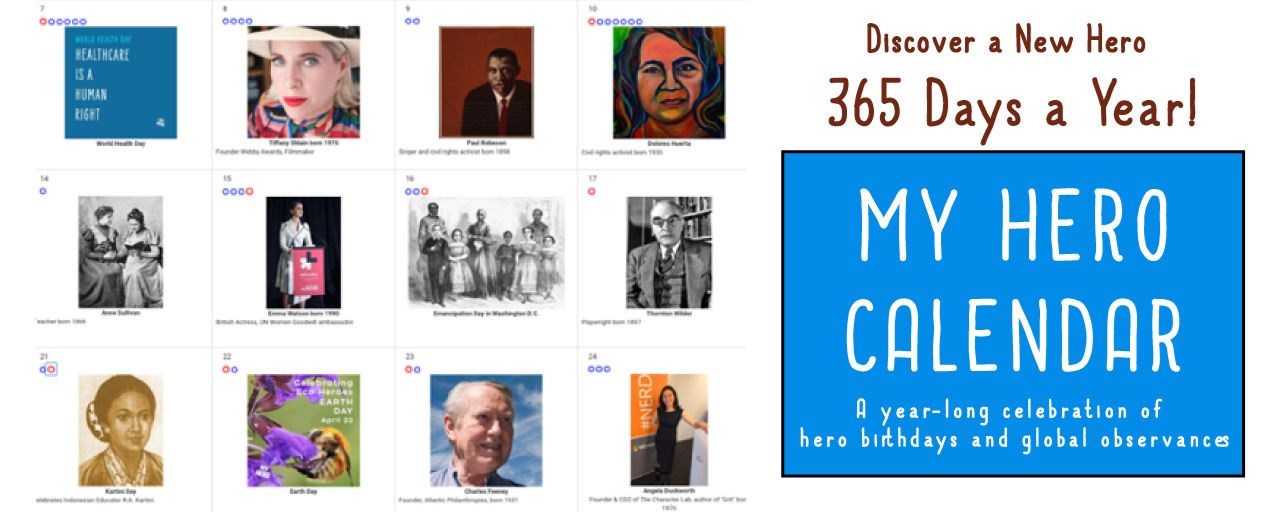
Students can share their Hero Essays, Films and Art through our Create Program
Outstanding essays submitted to MY HERO will be considered for a certificate/t-shirt prize or be featured on the Story Homepage.
Submit your artwork to be entered in the MY HERO art contest or to be exhibited on our Gallery Homepage.
Students can submit their films for free with a waiver to the MY HERO International Film Festival.
Organizer created on 6/22/2021 4:22:16 PM by Laura Nietzer
Last edited 1/17/2023 11:18:39 AM by Laura Nietzer